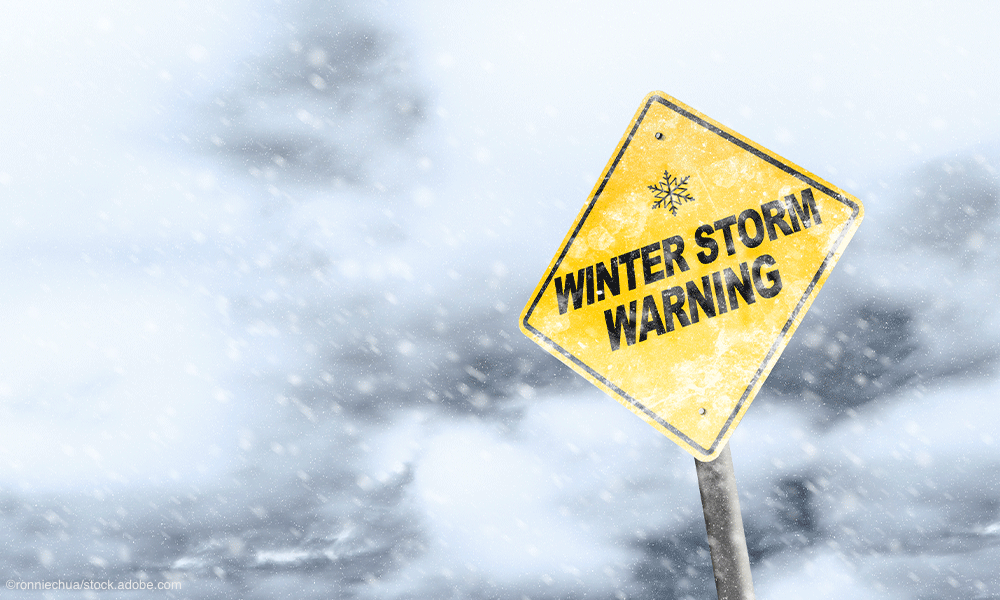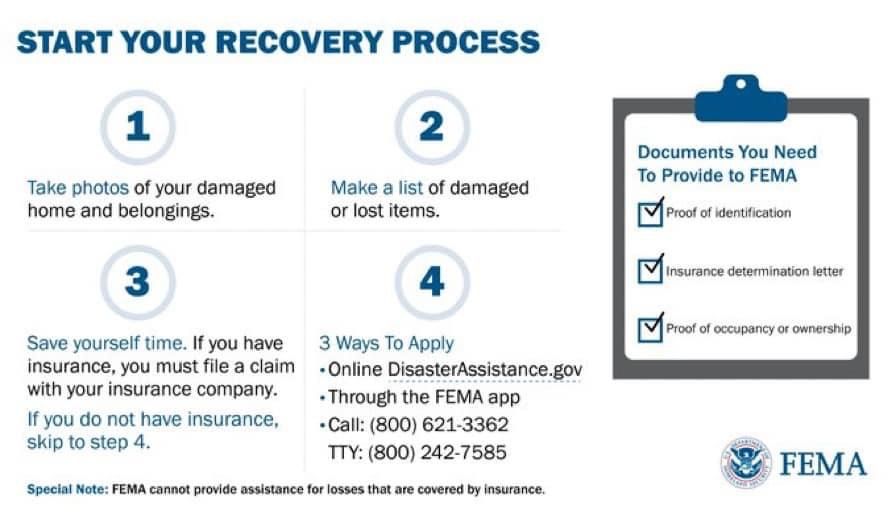How to make winter storm damage insurance claims
We examine some important basics on how to document your losses and make an effective insurance claim.

Over seventy percent of the U.S. is experiencing severe winter weather conditions and the catastrophe in Texas caused by freezing temperatures and blackouts is still unfolding. With hurricane still ahead, we examine some important basics on how to document your losses and make an effective insurance claim.
Texas residents and business owners whose homes and businesses were damaged can begin applying for FEMA online at www.DisasterAssistance.gov or call 1-800-621-3362.
Manage Risks with Insurance
It’s vital that you are adequately insured for both liability and loss, including property damage, contents, and business interruption, among others. Make sure you understand vital policy details like the difference between being covered for replacement cost (the dollar amount needed to replace a damaged item with one of similar kind and quality, without depreciation) and actual cash value (which pays only the amount needed to replace the item at its current market value less deprecation, leaving you out of pocket to replace).
Mitigate Your Damages
Most polices require you to take reasonable measures to prevent further damage to your property like covering a hole in a roof with temporary shelter, calling a qualified and licensed restoration contractor for water damage, etc. Your insurance policy may exclude further damage to your property if you have not taken reasonable steps to do so and will generally reimburse you for reasonable costs incurred to protect your property.
Document Everything
As is reasonably possible, document the damage to your home and/or office with an inventory of any damaged items you can immediately spot, including personal property in your home, damage to vehicles and medical equipment, fixtures, signage, and office equipment, as well as documenting any appointments that had to be cancelled and other loss of revenue related to the damage. Record it at the time so your recollection is fresh and accurate, and support that writing with pictures, video, etc. Your smart phone gives you the best ability to do this at all times. If it doesn’t present a health, fire, or other safety hazard, consider preserving damaged items for inspection by the adjuster before they are thrown away.

Report the Claim Immediately
Report damage to your insurance company by phone to start the claim process or do so online or using their app on your phone. Get a claim number issued immediately so you are in the system and have something to refer to on all future calls and correspondence; your claim does not exist without a claim number. Report the damage you’ve been able to see, any remediation you’ve had to perform, and request help you need with further remediation. Inform them you’ve documented the claim with a list and photos. Keep a written log of all phone calls and correspondence, including the names of the people you spoke to, when you spoke to them, their telephone extensions and e-mail addresses, and keep copies of all correspondence sent to or received from your insurance company (having one notebook for all this is an efficient way to manage it). Some insurance carriers provide an endless maze of dead-end fax and phone numbers, in an effort to delay timely processing of claims and paperwork you into giving up.
Schedule an Appointment with an Adjuster
Your insurance company may use a “proof of loss” form and will often have you make a formal statement by phone that will be recorded. You’re not a contractor, so don’t give opinions on the scope of the damage, costs, and etc. as it will likely be used against you later if you do, just tell them what you can see and actually know.The adjuster should perform a thorough evaluation of the damage, so check their inspection report against your own list to make sure they haven’t omitted any damage. If the adjuster is unable to complete a thorough inspection due to time constraints he may be forced to “scope the loss.” This is a brief inspection of the damage with a second visit necessary to complete the inspection.
Be Polite, but Firm and Persistent
If your carrier gives you the run around on any issues, does not timely respond, or most likely, fails to make you an adequate settlement offer, report the issue to a claims manager and support your case with documentation, estimates, and the photos you took. Your state’s department of insurance website will spell out your rights and the carrier’s legal obligations in plain English.
About the Author
Ike Devji, JD, has practiced law exclusively in the areas of asset protection, risk management and wealth preservation for the last 16 years. He helps protect a national client base with more than $5 billion in personal assets, including several thousand physicians. He is a contributing author to multiple books for physicians and a frequent medical conference speaker and CME presenter. Learn more at www.ProAssetProtection.com.